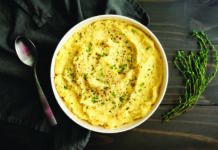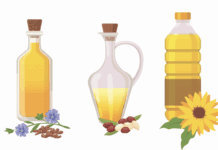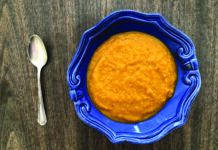A. Jeffrey Blumberg, PhD, director of Tufts’HNRCA Antioxidants Research Laboratory, replies: “The issue of interactions occurring between phytochemicals in berry fruit (and other fruits and vegetables and whole grains) is both complex and not fully understood. The data have been generated from small studies and the results are not entirely consistent and may be confounded by other dietary components. While the evidence supporting this notion is relatively sound, there are studies available that contradict it. However, the most important issue is not whether the casein proteins (or other protein molecules) bind to specific flavonoids, but the degree to which this happens. For example, if such binding decreases the absorption only 5% or 10%, this interaction might be real but of little significance to health outcomes.
“I do not know what options to milk might provide proteins less likely to bind than those in milk, as they have not been extensively investigated. However, fat-free milk would be irrelevant as the binding molecules are proteins, not fat. I would suggest you simply use a larger ratio of berries to milk by either using more berries or reducing the amount of milk you add to the cereal.”



















